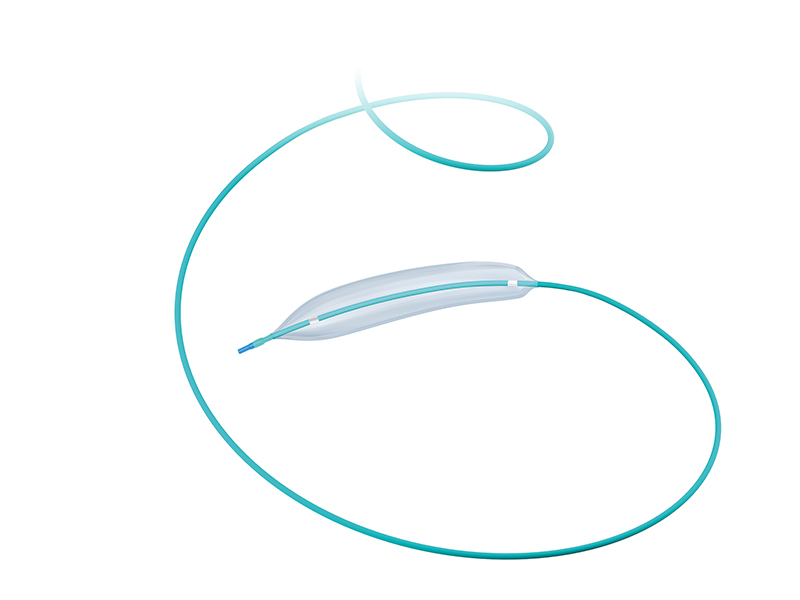In 1977, the first percutaneous transluminal coronary angioplasty (PTCA) opened the era of modern interventional cardiology, and interventional cardiology changed from diagnosis to treatment. After 30 years of development since the first case of coronary stent implantation in 1986, percutaneous coronary intervention (PCI) has become the most popular coronary intervention in the world balloon catheter.
Coronary stents have experienced the development of bare metal stent (BMS), first-generation drug-eluting stent (DES), new-generation drug-eluting stent (DES), and bioabsorbable stent (BRS). The main purpose of coronary stent technical innovation is to reduce coronary restenosis and stent thrombosis in the late period.
The restenosis rate of BMS as high as 20%-30% promoted the birth of the first generation of DES, but it brought the risk of high-fatal stent thrombosis, which led to major technical updates in the field of interventional. Promote the birth of a new generation of DES and BRS. The focus of technological innovation includes changes in stent design, degradable polymer coatings, polymer-free metal stents, bioabsorbable coatings, magnetic nanoparticles positioned in the stent to deliver drugs, and bioabsorbable stents, etc.
PCI is a well-deserved leader in the field of revascularization of coronary heart disease, with the continuous innovation of technology and the benefits of new interventional treatment strategies, PCI’s indications are expanding. As the new generation of DES has good efficacy and safety in a variety of lesions were unanimous recommendation, the future of bio-absorbable stent can be fully brought angioplasty coronary intervention therapy is likely to lead the new direction of the field.
However, the rapid development of interventional treatment for coronary heart disease has also led to doubts such as stent abuse and stent safety, which has greatly affected the public’s confidence in stents, strengthened supervision, strict control of indications, and selected optimal treatment strategies in accordance with guidelines, professional prejudice, avoiding improper and excessive use of stents, and restoring public confidence in stents is also one of the challenges faced by coronary intervention in the future.

